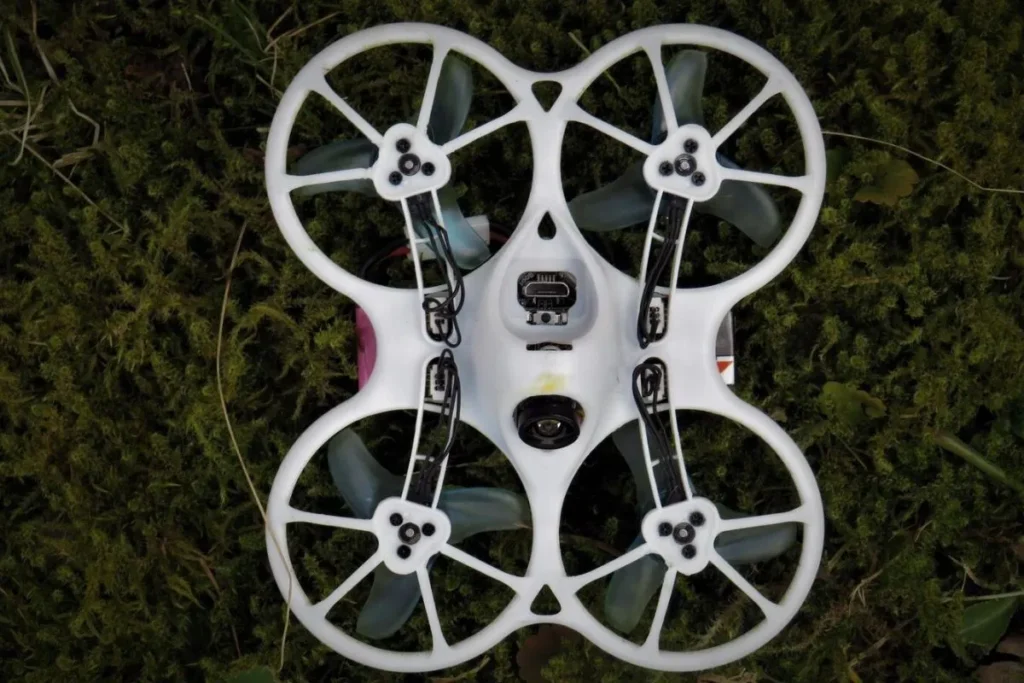Using Calculus to Optimize Autonomous Vehicle Navigation has become a pivotal area of study. As autonomous driving continues to evolve, optimization using math plays a critical role.
Recent advancements in technology have enabled more efficient navigation for self-driving cars. Calculus helps in maximizing efficiencyby optimizing various parameters.
This article delves into the models and techniques employed to refine autonomous vehicle pathways.
The Role of Calculus in Autonomous Vehicles
Calculus involves differentiation, crucial for understanding instantaneous rates of change. For autonomous vehicles, this translates to real-time speed adjustments and trajectory planning. The ability to make these precise calculations is essential for avoiding obstacles and ensuring passenger safety.
By applying derivatives, we evaluate the car’s speed and acceleration, ensuring smooth and safe navigation. Real-time data from sensors feeds into these calculations, allowing for continuous adjustments. This process involves complex algorithms that integrate sensor data to provide accurate and timely responses.
Such mathematical models help in predicting and responding to dynamic environments. They enable the vehicle to adapt to changing conditions, such as sudden stops or changes in traffic patterns. The integration of calculus in autonomous driving systems is a testament to the importance of mathematics in modern technology.
The ongoing advancement in these models promises further improvements in vehicle safety and efficiency. As the technology evolves, so will the precision and reliability of autonomous vehicles.
Integration for Optimal Path Planning
Integration, another key concept of calculus, aids in determining the shortest and most efficient path. This process accumulates data over an interval.
This aspect of math allows self-driving cars to plan paths that minimize travel time and energy consumption. Effective path planning is critical for maximizing efficiency.
Algorithms integrate sensor data to map out these optimal routes, considering road conditions and traffic.
Optimizing Control Systems
Using Calculus to Optimize Autonomous Vehicle Navigation extends to optimizing control systems. These systems regulate the car’s direction and speed.
Control engineers use differential equations to model vehicle dynamics. These models help in designing stable and responsive controls.
Such optimization ensures the car can navigate safely around obstacles and varying terrains.
Mathematical Models for Navigation
Probability and Predictive Models
Calculus integrates with probability theory to enhance navigation systems. Autonomous vehicles use probabilistic models to predict possible scenarios, thereby improving decision-making processes. These sophisticated models consider numerous variables and uncertainties in real-time.
These predictions help in anticipating the actions of other vehicles and pedestrians, creating a safer driving environment. Such foresight is crucial for preventing accidents and ensuring smooth traffic flow. The ability to accurately predict and react to potential hazards is a cornerstone of autonomous vehicle technology.
Combining calculus with statistical methods enhances the reliability of these predictive models. It allows for more precise adjustments and responses to dynamic conditions. This integration leads to better performance and increased safety in various driving scenarios.
The continuous development of these integrated models will further advance autonomous driving technology. As research progresses, the predictive capabilities of these systems will become even more robust and reliable.
Sensor Fusion Techniques
Sensor fusion is a technique where data from multiple sensors is integrated. Calculus plays a vital role in this integration process.
The fusion of data helps in creating a comprehensive picture of the surrounding environment. This accurate mapping is essential for precise navigation.
Advanced technology utilizes algorithms that rely on derivatives and integrals to process this vast amount of data.
Machine Learning and Autonomous Driving
Machine learning algorithms benefit significantly from calculus. These algorithms optimize vehicle behavior by learning from data.
Gradient descent, a technique rooted in calculus, helps in tuning model parameters for better performance. This learning process enhances the vehicle’s navigation capabilities.
Such optimization ensures that the vehicle adapts seamlessly to varying driving conditions.
Techniques for Maximizing Efficiency
Lane-Keeping and Following Distance
Maintaining optimal lane position and safe following distances are crucial for safety. Using Calculus to Optimize Autonomous Vehicle Navigation helps in fine-tuning these parameters.
Algorithms calculate the ideal trajectory using differential equations, ensuring smooth navigation within lanes. These techniques prevent collisions and enhance passenger comfort.
Real-time adjustments made possible by calculus ensure adherence to safety protocols.
Energy Consumption and Efficiency
Reducing energy consumption is critical for both economic and environmental reasons. Optimization methods in calculus help in minimizing fuel or battery usage.
Integration techniques calculate the path with the least energy requirement. This approach extends the vehicle’s range and reduces operational costs.
Such efficiency is achieved without compromising on the vehicle’s performance or safety.
Adaptive Cruise Control
Adaptive Cruise Control (ACC) systems monitor and adjust the vehicle’s speed relative to traffic. Calculus plays a role in ensuring smooth and responsive speed control.
These systems use derivatives to gauge the rate of closure with other vehicles. Such precise calculations improve traffic flow and reduce congestion.
The seamless integration of these control systems enhances overall driving efficiency.
Advanced Optimization Models
Reinforcement Learning
Reinforcement learning, a type of machine learning, optimizes navigation by rewarding desirable actions. Calculus aids in fine-tuning this learning process.
Algorithms use gradient-based methods to improve their decision-making capabilities. This approach ensures continuous optimization of the vehicle’s performance.
Such models enable autonomous cars to navigate complex environments effectively.
Nonlinear Optimization Techniques
Many real-world navigation problems are nonlinear. Calculus offers tools to handle these complex scenarios.
Nonlinear optimization techniques help in managing various constraints and objectives. These methods ensure the vehicle navigates safely and efficiently.
Such advanced techniques are essential for tackling intricate driving conditions.
Case Studies and Applications
Google Waymo Project
The Google Waymo Project has leveraged calculus-based optimization extensively. Their self-driving cars utilize mathematical models for navigation.
Integration and differentiation techniques help in path planning and control systems. This approach has significantly improved their safety records.
Waymo’s success showcases the potential of calculus in real-world applications.
Tesla’s Autopilot
Tesla’s Autopilot system employs calculus to enhance its navigation capabilities. Their algorithms use integration techniques for adaptive cruise control.
Optimization methods ensure efficient energy consumption and route planning. Such innovations make Tesla a leader in autonomous driving.
Continuous updates to their models demonstrate the evolving role of math in this field.
Academic Research
Numerous academic studies focus on the optimization of autonomous vehicles. Research papers delve into calculus and math models.
These studies contribute to the broader understanding of vehicle navigation. They offer insights into advanced techniques and practical applications.
The synergy between academic research and industry practices drives innovation.
Wrapping Up
Using Calculus to Optimize Autonomous Vehicle Navigation is at the forefront of technological advancements. Math models and techniques enhance safety and efficiency.
Integration, differentiation, and probabilistic models play pivotal roles. Case studies from industry leaders highlight real-world applications.
The continuous evolution of these techniques promises a safer and more efficient future in autonomous driving.
For more insights on optimization in self-driving technology, keep exploring our articles. Stay updated on calculus applications in modern technology.
Frequently Asked Questions
How does calculus help in autonomous vehicle navigation?
Calculus aids in real-time speed adjustments and optimal path planning, enhancing navigation and safety.
What role does integration play in vehicle navigation?
Integration helps determine the most efficient path, minimizing travel time and energy consumption.
How do machine learning and calculus work together?
Machine learning algorithms use calculus-based techniques like gradient descent to optimize vehicle behavior.
Why is energy consumption important in autonomous vehicles?
Efficient energy use reduces operational costs and extends the vehicle’s range, essential for economic and environmental reasons.
What are examples of industry applications of calculus in autonomous vehicles?
Projects like Google Waymo and Tesla’s Autopilot utilize calculus-based models for navigation and control systems.




